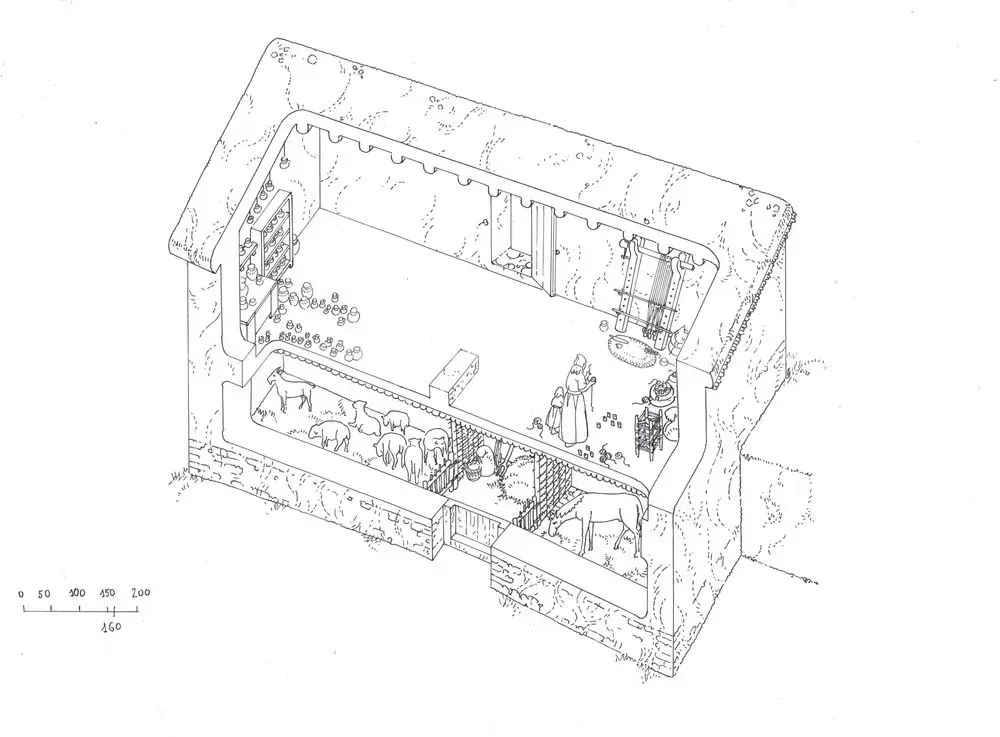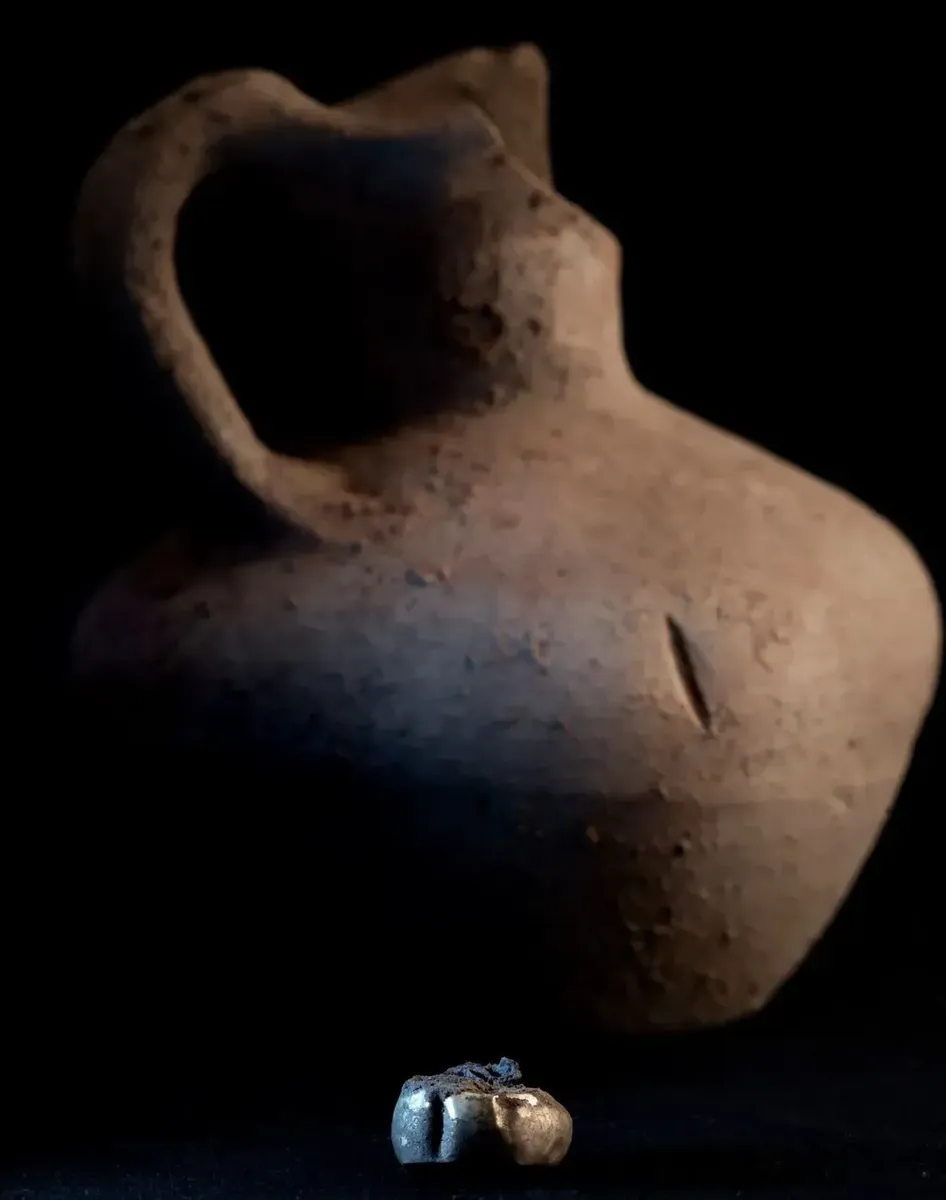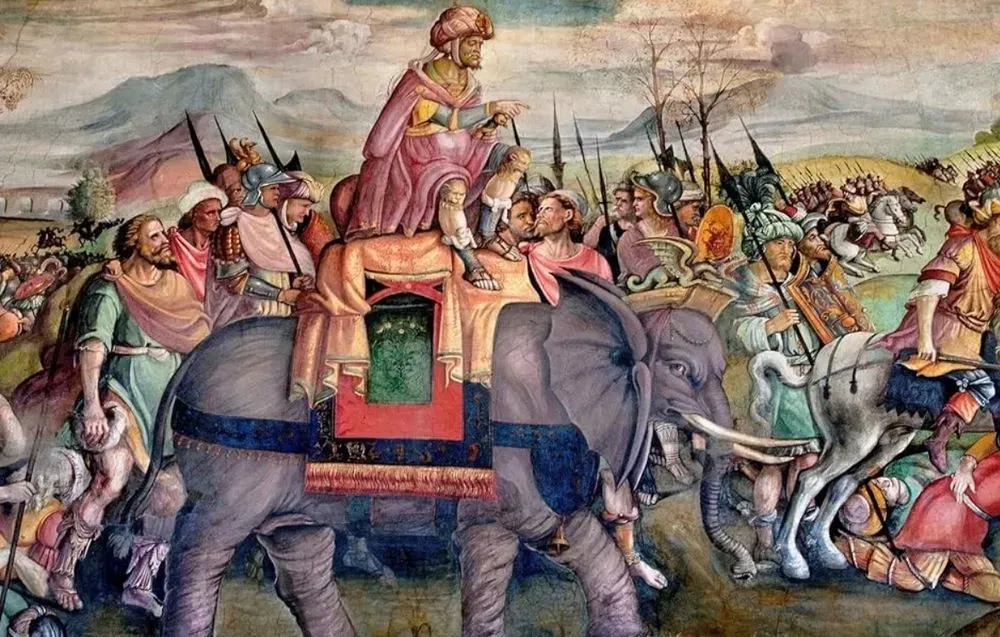Archaeologists get a glimpse into the Pyrenees' past thanks to a 2200-year-old devastating fire
Kyiv • UNN
Archaeologists have discovered a 2200-year-old Iron Age settlement on the Iberian Peninsula that was devastated by a sudden fire. The discovery provides insight into the lifestyle and economy of the ancient people.

In Spain, archaeologists are exploring burnt ruins at the site of a devastating fire that took place 2200 years ago. The excavations give an idea of how people lived on the Iberian Peninsula during the Iron Age. This is reported by Spektrum.de, according to UNN.
Details
A ruined building in the middle of the Pyrenees testifies to a tragedy for the people who lived there - a devastating fire once took place on the site of the Iron Age settlement of Tossal de Baltarga. As is often the case in archaeology, one man's tragedy is another man's fortune: a fire that likely destroyed an entire Iron Age hilltop settlement in the Pyrenees now provides experts with a unique glimpse into the past.
Using the ruins of a farmhouse that buried its furniture in the collapse, experts were able to reconstruct, among other things, what animals were kept as livestock and how members of the Cerretani people organized their rooms.
The destruction dates from around the end of the third century BC, the moment when the Pyrenees were involved in the Second Punic War and the passage of Hannibal's troops
Archaeologists are excavating several ancient buildings marked with letters.
"It is likely that the violent destruction of the monument was related to this war. The general fire indicates anthropogenic destruction, deliberate and very effective - not only building G, but all the buildings on the site were destroyed. In building D, we found a whole dog that was burned....," the experts say.
Building G had two floors. The fire burned so intensely that the roof, support beams, and wooden upper floor collapsed, but some valuables survived: archaeologists found an iron pickaxe and a gold earring hidden in a small pot.
Archaeologists find remains of Alexander the Great's father16.02.24, 05:49 • 113161 view
As indicated, the upper floor was most likely divided into cooking and textile production areas. Numerous spindles and weights for looms were found, which could have been used to spin and weave the wool of the sheep and goats that lived on the lower floor.

Archaeologists also found edible grains, such as oats and barley, and some cooking vessels with residues that showed that the people who used Building G drank milk and ate stewed pork.
HelpHelp
Excavations near Spain's border with Andorra and France reveal a picture of an agrarian society that inhabited an unfortified hilltop settlement in close contact with settlements further down the valley. Livestock breeding and farming methods were adapted to the conditions at an altitude of almost 1200 meters. In particular, people focused on keeping cattle, and many ceramics were made by themselves and only a little was imported from abroad.

Rapid fire development
Obviously, the end did not come suddenly, but it was quick: a gold earring still lying in a small container indicates that the residents hid their jewelry. They took their largest pet possessions to the basement, which served as a stable but was actually too small for so many animals.
Although no human remains were found in building G, six animals did not escape. Four sheep, a goat, and a horse, which may have been ridden by the owners of building G, were in their wooden enclosures with food. They could even have been trapped by the closed door, which would explain the burnt wood found in the entrance. The isotope analysis also shows that some of the sheep had previously grazed in the lowland pastures, possibly in agreement with other communities.
These mountain communities were not isolated in the highlands, but were connected to neighboring areas, exchanging products and probably cultural backgrounds. The complex economy points to an Iron Age society that adapted to its environment and utilized its resources in the highlands
According to the archaeologist, the current reconstruction indicates "sudden destruction, with no time to open the stall doors and save the animals.
It could just be an unexpected local fire. But the presence of a hidden gold earring indicates that the locals are expecting some kind of threat, probably the arrival of an enemy

Archaeologists don't know what happened to the people who lived in Tossal de Baltarga, but eventually the city was reoccupied and the Romans garrisoned it. Some part of the community probably survived the fire. Perhaps remembering the burning of House G and its neighbors, these later inhabitants of Tossal de Baltarga built defenses, including an impressive watchtower, Spektrum writes.